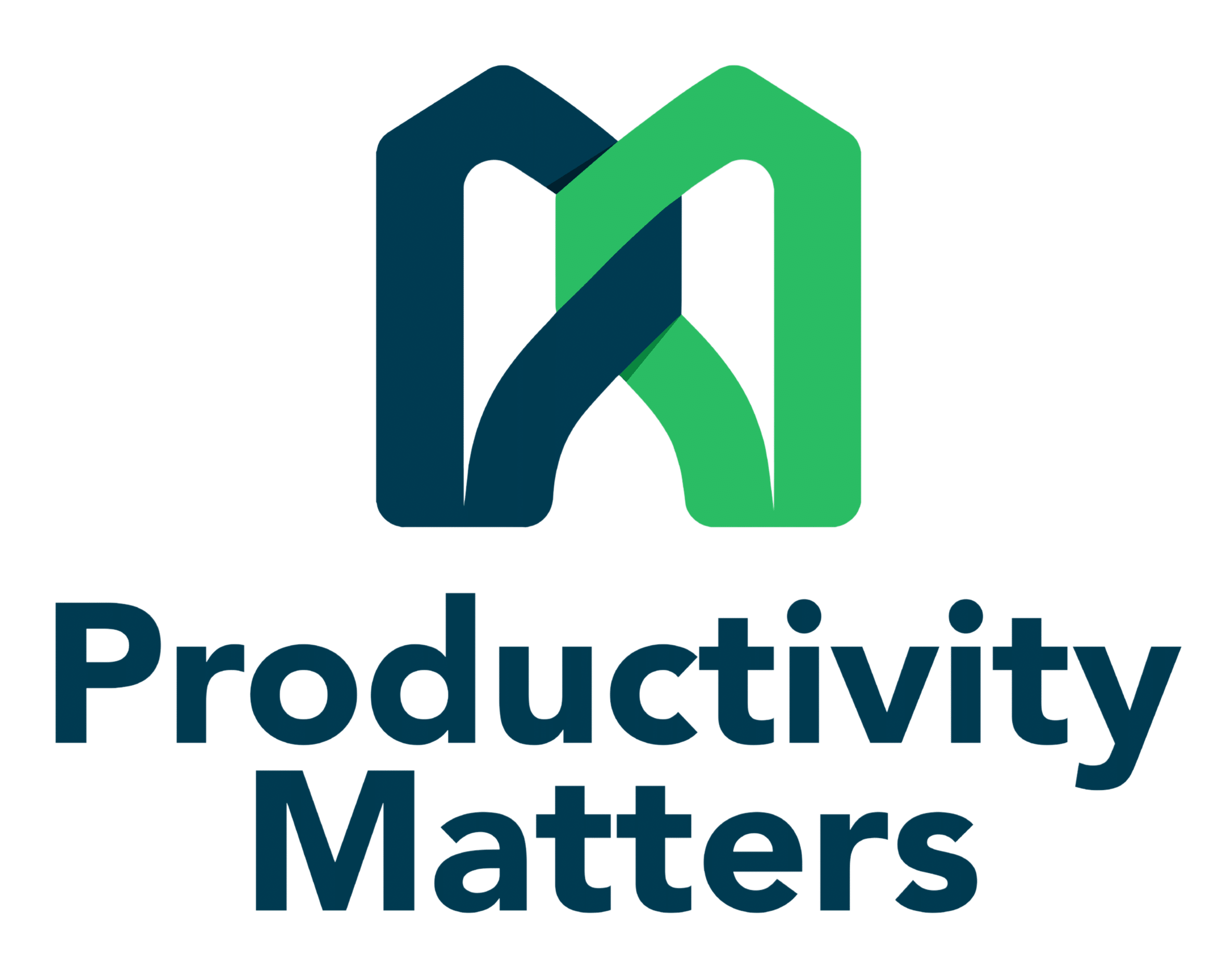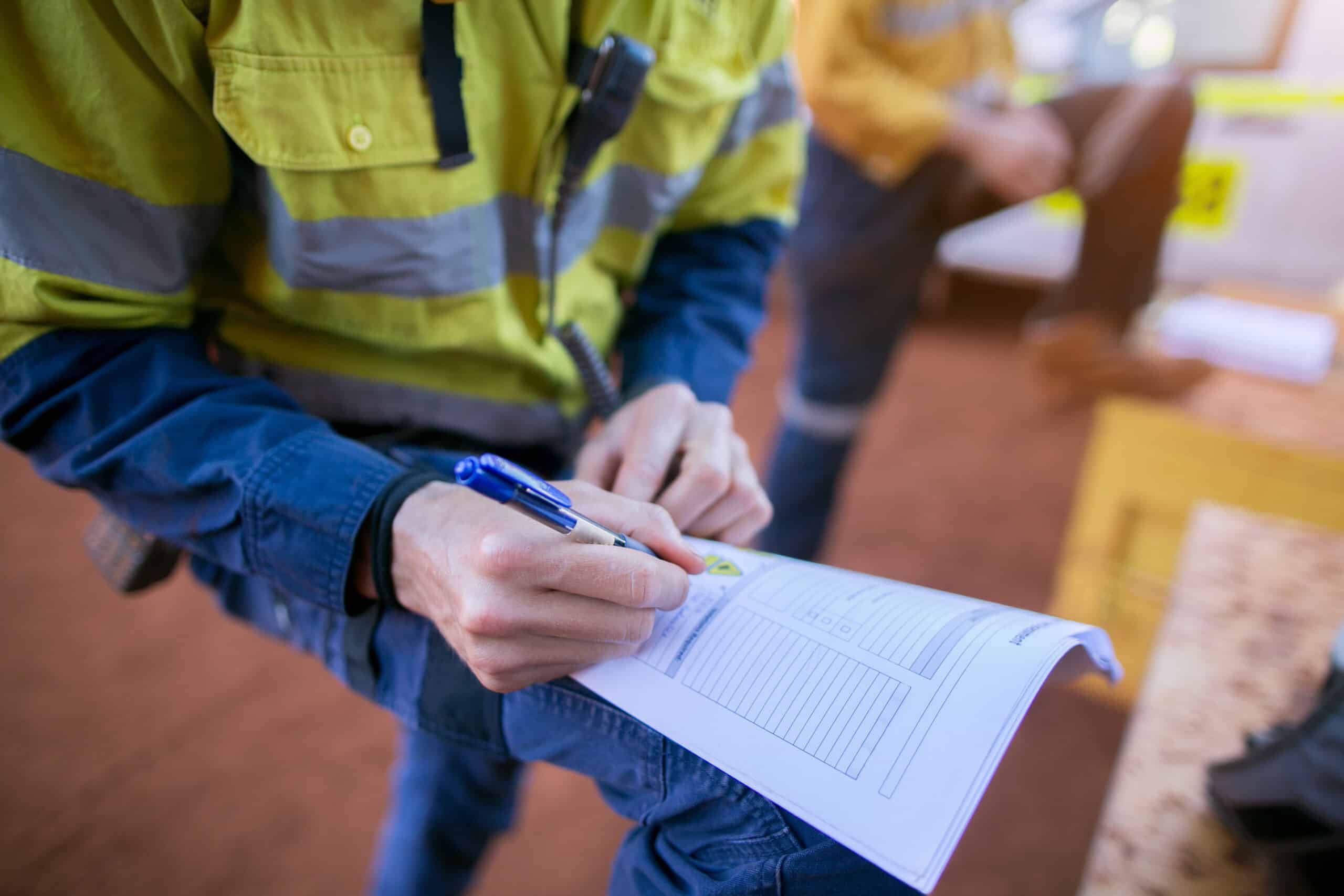Work design can be as simple as designing an incident report form or it can be as complex as mapping out the “life cycle” of a piece of information, data or object as it comes into the organisation and then travels between individuals or teams to become an end product. The form or piece of information may not only be used by multiple workplace users, but it may also have multiple outcomes required, it could form part of how a customer or patient is treated, it might influence where a parcel ends up or stock is stored. It may impact on a workplace providing evidence on how they meet their safety obligations.
So, let’s talk about this in terms of how an Incident Report Form is designed. Every minute saved in completion of a form can lead to substantial benefits for an organisation, particularly in critical areas like incident reporting and post-incident investigations. A well-designed incident reporting form can be a game-changer in how quickly and effectively an organisation responds to and resolves workplace incidents. This article explores how good design in incident reporting forms can drive efficiencies, enhance productivity, and expedite response times.
The Importance of Incident Reporting
Incident reporting is a critical component of workplace safety and risk management. It allows organisations to document any incidents, whether they result in injury, property damage, or a near miss. This documentation is vital for several reasons:
- Legal Compliance: Many industries are required by law to report certain types of incidents.
- Safety Improvement: Analysing reported incidents helps identify trends and prevent future occurrences.
- Employee Engagement: A transparent and efficient reporting process can improve trust and safety culture within the organisation.
However, the effectiveness of incident reporting largely depends on the design of the reporting form itself.
The Role of Good Design in Incident Reporting Forms
A well-designed incident reporting form should be intuitive, user-friendly, and accessible. Here’s how good design can influence efficiency and productivity:
- Ease of Use Reduces Reporting Time
The primary function of an incident reporting form is to capture all necessary details quickly and accurately. A form that is cluttered, confusing, or difficult to navigate can lead to incomplete or inaccurate reports. In contrast, a well-designed form, with a logical flow and clear instructions, allows employees to report incidents quickly, reducing the time taken to complete this task. This is particularly important in high-pressure environments where every second counts. - Streamlined Data Collection Enhances Accuracy
Good design goes beyond aesthetics; it involves structuring the form in a way that ensures all critical information is captured without overwhelming the user. For instance, using dropdown menus for common options, checkboxes for multiple selections, and mandatory fields for essential data points can prevent errors and omissions. The result is more accurate and complete incident reports, which are crucial for effective analysis and follow-up. - Digital Integration Speeds Up Information Flow
Modern incident reporting forms are often integrated into digital platforms, allowing for real-time submission and processing. A well-designed digital form can be accessed from multiple devices, making it easier for employees to report incidents on the go. Additionally, automated workflows can be triggered once a form is submitted, instantly alerting relevant parties and initiating the investigation process. This seamless integration significantly reduces the time lag between incident occurrence and response. - Improved Data Visibility Facilitates Faster Decision-Making
Good design also involves considering how the data collected will be used post-submission. A form that allows for easy categorisation and retrieval of data can empower managers and safety officers to quickly access and analyse information. This visibility is crucial for identifying patterns, understanding the root causes of incidents, and making informed decisions about preventive measures. In essence, well-structured data leads to faster, more effective incident response strategies. - Enhanced User Experience Increases Reporting Compliance
If an incident reporting form is perceived as cumbersome or time-consuming, employees may be reluctant to use it. This can result in underreporting, which undermines the effectiveness of the entire incident management process. By contrast, a user-friendly, well-designed form encourages more frequent and accurate reporting. This increase in compliance ensures that more incidents are captured, providing a more comprehensive understanding of workplace risks and helping to create a safer environment for everyone.
Case Study: The Productivity Uplift from Effective Form Design
Consider a manufacturing company that revamped its incident reporting process by introducing a new, well-designed digital form. Before the redesign, employees often complained that the old form was too long, confusing, and difficult to access, leading to delays in reporting. The new form, developed with input from frontline workers, was shorter, more intuitive, and accessible via mobile devices.
As a result, the company saw a 40% reduction in the time it took to report incidents and a 30% increase in reporting compliance. Additionally, the average time to initiate an investigation dropped by 25%, thanks to the form’s integration with the company’s incident management software. This improvement not only enhanced overall safety but also contributed to a noticeable productivity uplift, as employees were able to return to their duties more quickly after reporting an incident.
Conclusion
The design of an incident reporting form is more than just a matter of aesthetics; it has a direct impact on the efficiency, productivity, and responsiveness of an organisation’s incident management process. By focusing on usability, accuracy, and digital integration, organisations can create a reporting form that not only captures essential data efficiently but also encourages timely and accurate reporting. The result is a safer workplace, faster response times, and a more productive workforce.
Investing in the design of incident reporting forms is an investment in the overall health and efficiency of your organisation. When done right, it can lead to significant improvements in how incidents are managed, ultimately protecting both employees and the bottom line.
And let’s not forget, you can have a well-designed form, with poor design of work structures, accountabilities, responsibilities and response. A great form that gets no response is not a great form after all.
So, if you have a process that isn’t achieving the results you had hoped for, or maybe you’re looking for help to design a new process, our Ergonomics Team at Productivity Matters could help with that review. Reach out, you know where to find us.





